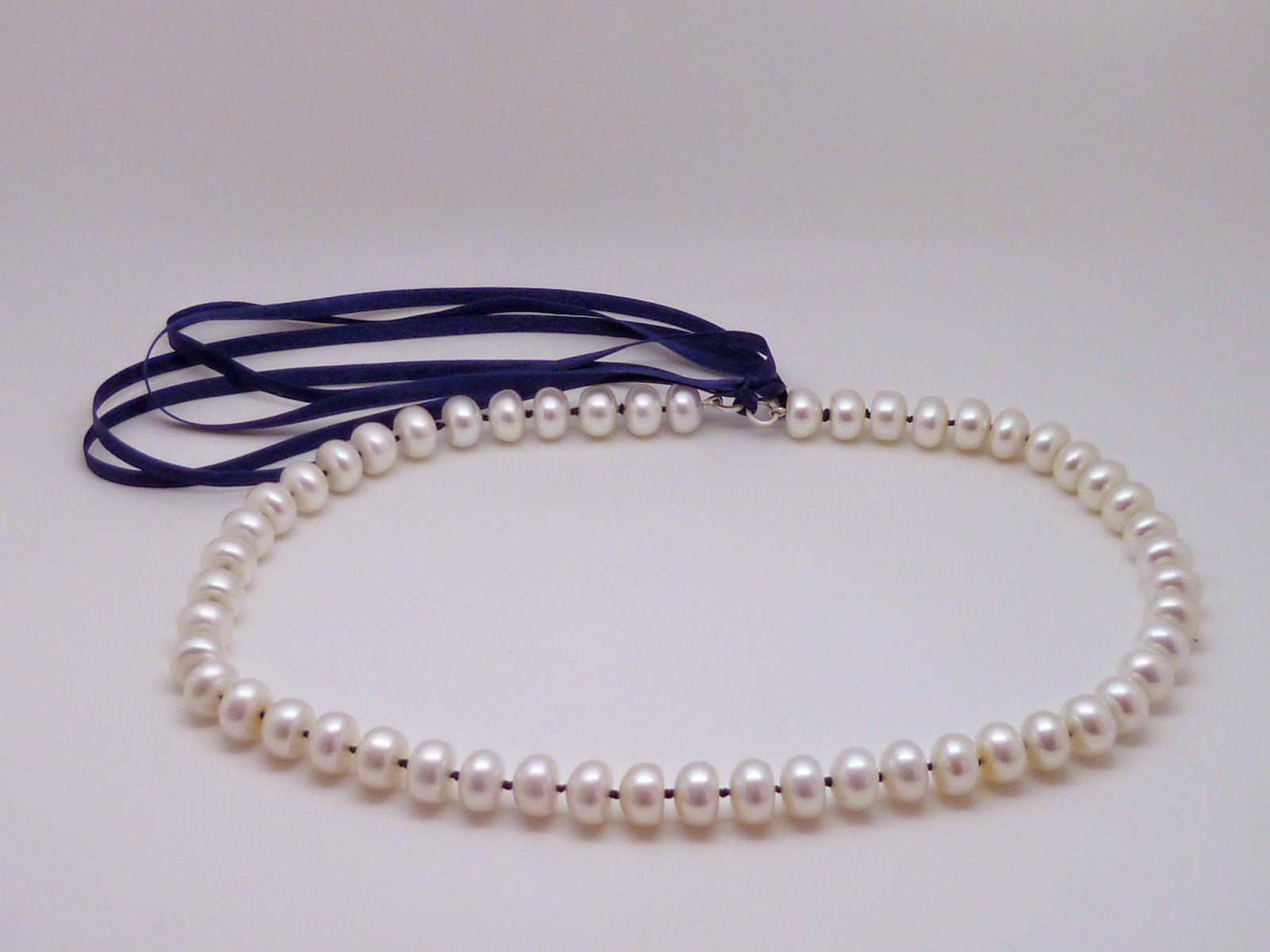At this point someone will mention how Einstein played the violin. He did - quite badly according to some (others thought he was a good player, so I will leave it to the gentle readers to come to their own conclusions). I want to share a different scientist who was also an artist.
Richard Feynman - physicist, Nobel prize winner, elected one of the top 10 scientists of all time, lifelong curious guy - was also a bongo player (pretty well known fact) and a semi amateur visual artist. His views on beauty and art was simple:
I have a friend who’s an artist and has sometimes taken a view which I don’t agree with very well. He’ll hold up a flower and say “look how beautiful it is,” and I’ll agree. Then he says “I as an artist can see how beautiful this is but you as a scientist take this all apart and it becomes a dull thing,” and I think that he’s kind of nutty. First of all, the beauty that he sees is available to other people and to me too, I believe…
I can appreciate the beauty of a flower. At the same time, I see much more about the flower than he sees. I could imagine the cells in there, the complicated actions inside, which also have a beauty. I mean it’s not just beauty at this dimension, at one centimeter; there’s also beauty at smaller dimensions, the inner structure, also the processes. The fact that the colors in the flower evolved in order to attract insects to pollinate it is interesting; it means that insects can see the color. It adds a question: does this aesthetic sense also exist in the lower forms? Why is it aesthetic? All kinds of interesting questions which the science knowledge only adds to the excitement, the mystery and the awe of a flower. It only adds. I don’t understand how it subtracts.
You decide if he was any good.
| Rufus http://www.brainpickings.org/wp-content/uploads/2013/01/feynmanart15.jpg |
| http://www.museumsyndicate.com/item.php?item=11498 |
| One minute line drawing http://www.brainpickings.org/wp-content/uploads/2013/01/feynmanart12.jpg |
And some more here: http://www.brainpickings.org/2013/01/17/richard-feynman-ofey-sketches-drawings/











